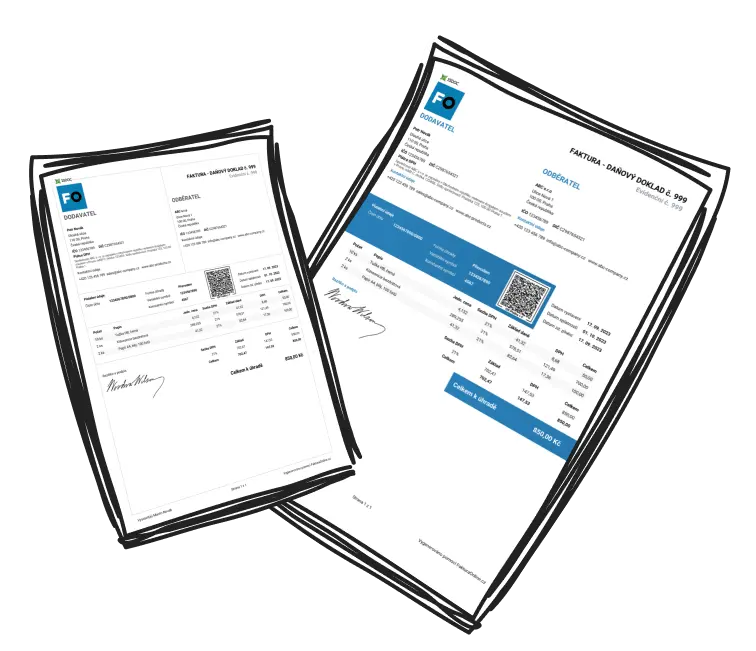A digital detox for professionals involves intentional steps to limit screen time and to balance digital engagement with career responsibilities effectively. The goal is to effectively balance work demands and personal well-being by setting boundaries that mitigate overwhelm.
Instead of completely ditching devices, professionals can adopt digital detox strategies such as establishing tech-free zones or scheduling specific times for digital interaction. This approach reduces overstimulation, enhances focus, and fosters sustainable habits—essential steps to reclaim clarity and productivity while remaining a reliable team member or leader.

For professionals, a digital detox might include silencing notifications during creative brainstorming sessions or designating meal times as phone-free zones to restore mental energy.
How Can Professionals Implement a Digital Detox Without Hurting Their Careers?
Professionals can effectively disconnect without disrupting their workflow by adopting strategic habits:
Set Communication Boundaries: Clearly define work hours and communicate them to colleagues. Use tools like status updates and automatic replies for availability.
Schedule Time for Tasks: Time-block periods for focused work, silencing non-essential notifications during these intervals.
Automate Non-Urgent Work: Respond to non-critical emails and messages during designated times and automate responses where possible.
Leverage Offline Options: Opt for in-person meetings or pre-scheduled calls to reduce the need for constant digital presence.

Tip
Set boundaries with work communication tools to ensure availability is respected without constant connectivity.
Why is Digital Detox Essential for Professional Well-being and Productivity?
Constant digital connectivity, while enhancing collaboration, often causes stress, burnout, and a blurred work-life balance. Professionals fatigued by non-stop emails and notifications risk losing focus, creativity, and overall well-being.
According to workplace studies, overexposure to screens contributes to rising rates of burnout and decision fatigue. Stepping away from the digital overstimulation provides space for mental recovery, sharper decision-making, and innovative thinking—key elements to thrive professionally and personally.
A strategic digital detox can protect professionals from hyper-connectivity pitfalls, ensuring well-being and improving long-term productivity.
Tips for Achieving a Successful Digital Detox Without Sacrificing Your Career
Start Small: Dedicate one device-free evening, then expand over time.
Prioritize Communication: Focus on urgent tasks and establish when non-essential matters will be addressed.
Use Focus Tools: Enable “Do Not Disturb” modes or app blockers to limit unnecessary distractions.
Schedule Digital-Free Times: Create specific offline times, such as during meals or after work hours.
Reward Progress: Celebrate milestones, like completing a week of scheduled detoxing, to stay motivated.

Start small; detox in manageable increments to adjust seamlessly without career disruptions.
How Digital Detox Can Boost Productivity and Improve Well-Being
Professionals who adopt thoughtful digital detox strategies consistently reap substantial benefits. By reducing digital distractions, they unlock deeper focus and achieve higher-quality work outcomes. This enhanced clarity fosters innovation, better problem-solving skills, and better time management. Additionally, curtailing excessive screen use can alleviate physical strain like eye fatigue and encourage healthier habits like improved posture and sleep.

Example
A marketing executive, overwhelmed by round-the-clock notifications, limited their device usage to work hours. Within weeks, they reported sharper mental focus, improved sleep, and higher creative output for campaigns.
Balancing connectivity with disconnection helps professionals approach each day refreshed, both physically and mentally, ultimately enhancing career performance and personal fulfillment.


